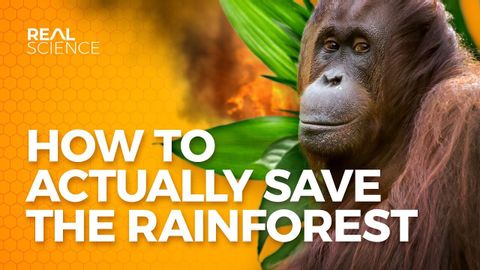如何真正拯救雨林(How to Actually Save the Rainforest)
joey joey 發佈於 2021 年 06 月 09 日  沒有此條件下的單字
沒有此條件下的單字US /ˈrɛləvənt/
・
UK /ˈreləvənt/
US /ɪk'strimlɪ/
・
UK /ɪkˈstri:mli/
- adv.極端地 ; 非常地;非常;從極端的角度來看
US /ˈkɑmprəˌmaɪz/
・
UK /'kɒmprəmaɪz/
- v.t./i.讓步;折中;妥協;連累;危及;洩露
- n. (c./u.)妥協

